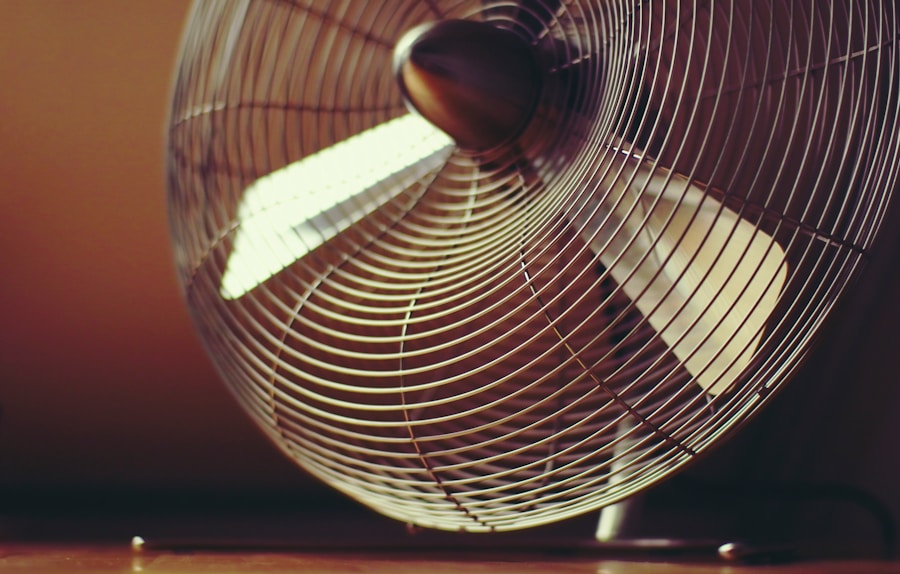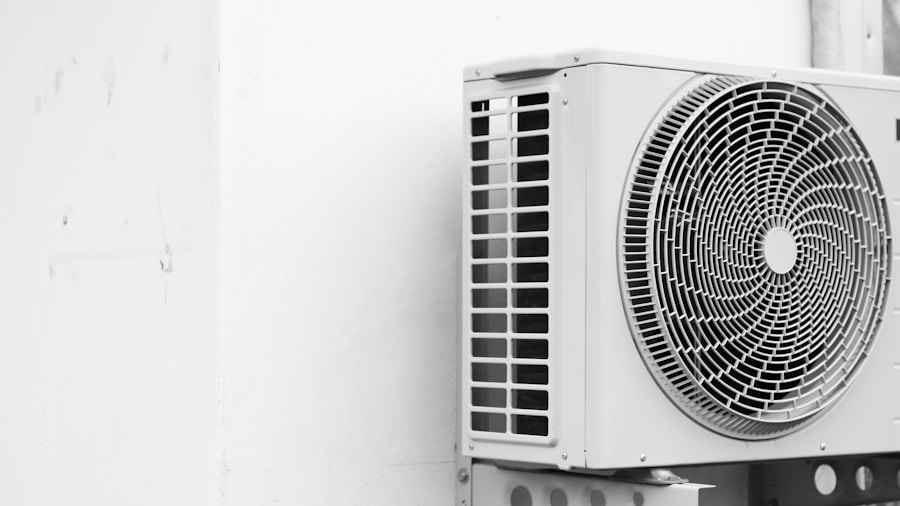As I reflect on the British summer climate, I am often struck by its unpredictability. One moment, the sun shines brightly, coaxing me outdoors, and the next, dark clouds roll in, threatening rain. This capricious nature of summer weather can make it challenging to prepare for the heat when it does arrive.
Typically, the summer months in Britain can see temperatures soaring into the high twenties and even low thirties Celsius, particularly during heatwaves. However, these warm spells are often interspersed with cooler days and sudden downpours, which can leave me feeling somewhat disoriented when trying to plan my activities. The humidity that accompanies these warmer days can also be quite stifling.
I find that the air can feel heavy and oppressive, making it difficult to enjoy the outdoors fully. This is particularly true in urban areas where concrete and asphalt absorb heat, creating what is often referred to as the “urban heat island” effect. Understanding these nuances of the British summer climate is essential for me to adapt my lifestyle accordingly.
By recognising the patterns of heat and humidity, I can better prepare my home and daily routines to ensure comfort during those sweltering days.
Summary
- British summer climate can be unpredictable, with temperatures ranging from mild to hot and occasional heatwaves.
- Utilize window treatments such as blinds, curtains, or reflective films to block out heat and sunlight during the hottest parts of the day.
- Use fans and create air circulation by opening windows and using cross-ventilation to keep indoor spaces cool.
- Choose lightweight, breathable bedding and sleepwear made from natural materials like cotton to stay comfortable on hot nights.
- Opt for lighter fabrics and clothing choices such as linen and cotton to stay cool and comfortable in the heat.
Utilizing Window Treatments to Block Out Heat
Blocking Out Light and Heat
Not only do they block out light, but they also provide an additional layer of insulation against the heat. When I draw them closed in the morning, I can keep my rooms cooler for longer, creating a more comfortable environment.
Reflective Window Films
In addition to blackout curtains, I’ve also experimented with reflective window films. These films can be applied directly to glass surfaces and work by reflecting sunlight away from the interior of my home. This simple yet effective solution has made a noticeable difference in reducing indoor temperatures.
A Stylish Solution
I appreciate how these treatments not only help keep my home cool but also add an element of style to my decor. By choosing colours and patterns that complement my furnishings, I can maintain an aesthetically pleasing environment while ensuring comfort during those hot summer days.
Using Fans and Air Circulation to Keep Cool

When the heat becomes unbearable, I often turn to fans as a reliable means of cooling down my living space. Ceiling fans are particularly effective, as they circulate air throughout the room, creating a pleasant breeze that helps to evaporate sweat from my skin. I have learned that adjusting the direction of the fan blades can make a significant difference; during summer months, I set them to rotate counter-clockwise to push cool air downwards.
This simple adjustment has transformed my experience of hot days indoors. In addition to ceiling fans, I have also incorporated portable fans into my cooling strategy. These versatile devices allow me to direct airflow precisely where I need it most, whether I’m working at my desk or relaxing on the sofa.
I often place a bowl of ice in front of the fan to create a makeshift air conditioning effect; as the ice melts, the fan blows cooler air into the room. This creative approach not only helps me stay comfortable but also adds a touch of fun to my summer routine.
Choosing the Right Bedding and Sleepwear for Hot Nights
| Product | Fabric | Thread Count | Breathability | Moisture Wicking |
|---|---|---|---|---|
| Cotton Sheets | Cotton | 200-400 | High | Good |
| Linen Sheets | Linen | 80-150 | Excellent | Excellent |
| Bamboo Sheets | Bamboo Viscose | 300-500 | Excellent | Excellent |
| Silk Sleepwear | Silk | N/A | Excellent | Excellent |
As temperatures rise during summer nights, I have come to realise that choosing the right bedding and sleepwear is crucial for a good night’s sleep. Heavy duvets and flannel sheets may be cosy in winter, but they quickly become unbearable when the mercury climbs. Instead, I opt for lightweight cotton or linen sheets that allow my skin to breathe while providing just enough coverage for comfort.
The natural fibres help wick away moisture, keeping me cool and dry throughout the night. In terms of sleepwear, I have found that loose-fitting garments made from breathable materials are essential for warm nights. I tend to gravitate towards cotton pyjamas or even just a simple cotton vest and shorts combination.
This choice not only enhances my comfort but also allows for better air circulation around my body as I sleep. By making these small adjustments to my bedding and sleepwear, I have significantly improved my ability to rest peacefully during those hot summer nights.
Opting for Lighter Fabrics and Clothing Choices
When it comes to dressing for summer in Britain, I have learned that fabric choice is paramount. Heavier materials like wool or polyester can trap heat against my body, leaving me feeling sticky and uncomfortable. Instead, I gravitate towards lighter fabrics such as cotton, linen, and bamboo.
These natural fibres are not only breathable but also absorb moisture effectively, allowing me to stay cool even on the hottest days. In addition to fabric choice, I pay attention to clothing styles as well. Loose-fitting garments allow for better airflow around my body, which is essential when temperatures soar.
I often choose wide-legged trousers or flowing dresses that provide comfort without clinging to my skin. By opting for lighter fabrics and styles that promote airflow, I can enjoy summer outings without feeling weighed down by my clothing.
Making the Most of Outdoor Shading and Greenery

As someone who enjoys spending time outdoors during the summer months, I have discovered the importance of utilising outdoor shading and greenery to enhance comfort. My garden has become a sanctuary where I can escape the heat while still enjoying nature. Strategically placed umbrellas or awnings provide much-needed shade during peak sun hours, allowing me to relax with a book or enjoy al fresco dining without being scorched by direct sunlight.
In addition to artificial shading solutions, I have also embraced the natural cooling effects of greenery in my outdoor spaces. Planting trees or tall shrubs around my garden not only enhances its aesthetic appeal but also provides shade and reduces heat absorption in my home. The presence of plants creates a microclimate that can help lower temperatures in their vicinity.
By incorporating these elements into my outdoor spaces, I can create a comfortable retreat from the summer heat while enjoying the beauty of nature.
Adjusting Cooking and Eating Habits to Avoid Heat Build-Up
During hot summer days, I find that cooking can quickly lead to an uncomfortable rise in indoor temperatures. To combat this issue, I have adjusted my cooking habits by opting for lighter meals that require minimal cooking time or no cooking at all. Salads packed with fresh vegetables and proteins are now staples in my diet; they are not only refreshing but also require little preparation time in the kitchen.
I have also embraced outdoor cooking methods such as barbecuing or using a portable grill on my patio. This allows me to prepare meals without heating up my home unnecessarily. Additionally, I have started incorporating more cold dishes into my meals, such as gazpacho or chilled pasta salads.
These choices not only help keep my home cooler but also align perfectly with the vibrant flavours of summer produce.
Implementing Energy-Efficient Cooling Solutions for Long-Term Comfort
As I consider long-term solutions for staying cool during British summers, energy-efficient cooling options come to mind. Investing in energy-efficient air conditioning units or evaporative coolers has become increasingly appealing as they provide effective cooling without significantly increasing energy bills. These systems are designed to use less energy while still delivering optimal comfort levels.
Moreover, I have begun exploring smart home technology that allows me to control temperature settings remotely. Programmable thermostats enable me to set cooling schedules based on when I’m home or away, ensuring that energy is not wasted while still maintaining a comfortable environment when needed. By implementing these energy-efficient solutions, I am not only enhancing my comfort during hot months but also contributing positively to environmental sustainability.
In conclusion, navigating the British summer climate requires a multifaceted approach that encompasses various strategies for staying cool and comfortable. From utilising window treatments and fans to adjusting cooking habits and investing in energy-efficient solutions, each step contributes to creating a more pleasant living environment during those sweltering days. By embracing these practices, I can fully enjoy all that summer has to offer while maintaining a sense of comfort within my home.
If you’re looking for more ways to keep your house cool during the summer months, you might want to consider incorporating solar energy into your home. Solar panels can help reduce your reliance on traditional energy sources, which can in turn help lower your energy bills and reduce your carbon footprint. To learn more about the benefits of solar energy, check out this informative article on solar energy.
FAQs
What are some tips for keeping the house cool in hot weather?
Some tips for keeping the house cool in hot weather include using fans, keeping curtains and blinds closed during the hottest part of the day, using air conditioning if available, and avoiding using heat-generating appliances.
How can I improve ventilation in my home to keep it cool?
To improve ventilation in your home and keep it cool, you can open windows and doors during cooler times of the day, use ceiling fans to circulate air, and consider installing a whole-house ventilation system.
Are there any specific types of curtains or blinds that can help keep the house cool?
Yes, using light-colored curtains or blinds with a reflective backing can help to keep the house cool by blocking out the sun’s heat and reducing the amount of heat that enters the home.
What temperature should I set my air conditioning to in order to keep the house cool?
A recommended temperature to set your air conditioning to in order to keep the house cool is around 24-26°C (75-78°F) for comfort and energy efficiency.
Are there any landscaping tips that can help keep the house cool?
Yes, planting trees and shrubs strategically around the house can provide shade and help to keep the house cool by reducing the amount of direct sunlight that enters the home.


